Two villages at the Black Sea have become in the Romanian imagination a stand-in for exotic retreats and creative freedom, but we do not really know how that happened. What we know is that the flight to beach villages have encapsulated various agendas, from the isolation of the artist in front of mass tourism (as in the case of the 1960s generation of Nina Cassian and Geta Brătescu) to “let’s save Vama Veche” (a post 2000 battle cry of environmentalists in front of the perceived dangers of uniformization and collectivism). What we also know is that the location of a total retreat is also a moving target, since new sites like Krapets have become the new hot spots of isolation and art production.
Both villages are currently becoming resorts with a booming service industry. It may be the case that capitalism gentrification follows artists, as it happened with Brooklyn and other reinvented spaces of global capitalism. It also possible that artists are the vanguard of the capital, so that they benefit from bringing in the forces that they reject and despise. What seems to be a mystery is why a Romanian imagination has constructed these spaces as exotic, or locations that are placed both outside and inside of a national imaginary. The fascination with a new territory (Dobruja) that became part of the Romanian Kingdom in the age of imperial expansion should be a part of the answer.
The exhibition From Near to Far does not offer an answer to these questions, but it does provide an archive of art objects that make you see things in a different light. As such, it offers a loving perception of an eye trained in anthropology and art history, which seeks to put together objects to create an innovative perception of the space. Mapping is an operation of organization and classification, yet the exhibition tries less to offer a grid but to create a structure of feeling that provides the visitor with a broader sense of what these spaces mean. It puts at the center of the exhibition a couple of wood and metal structures (designed by Alex Axinte) that have the role to create the organization of a seaside escapade. Since “From near to far” is hosted by the Museum of the Romanian Peasant, curator Iuliana Dumitru chose to blend popular and avant-garde objects so as to create the experience of living in an environment where artists, writers, and villagers would share the same space. This is why you would see, for instance, objects that villagers have made in a DIY style, such as Romanian and Tatar weaving, painted chairs, Lipovan objects used in church rituals, along images of bodies of the beach (drawn in charcoal by Geta Brătescu) as well as photos which greet the visitor with their majestic force right as they enter (the work of Adrian and Alexandru Maftei).
In addition to a blend of high culture and popular culture, the conceptual space thrives on playing with another opposition such as the industrial city vs. the beach town. The first photo of the exhibition, made in the 1980s by Viorel Simionescu, shows two women in beach attire with socialist cranes at work in the background. The visitor is then encouraged to see a short film, 2 Mai Evening, where the urbanity and the hipness of the tourists is in stark contrast with the surroundings. Paintings by Anamaria Smigelschi and Constantin Pacea also offer an urban contrast to the rurality of the landscape. The appeal of the mix is to capture the mystique of this other place in time, which transgresses conventional binaries.
If I have to talk about my favorite bits of the exhibition, I was struck at the end by Slack Time (După sezon), a film made by Miruna Târcă in 2006. The installation of this object is strategic because it signals the end of the conventional art products that draw on the opposition between high and low. The short film focuses on the villages without the tourists and artists and creates a different imagination to which the tourist does not have access to. While the film predictably captures the weird villager or shows the fisherman as fishermen, it has moments that challenge conventional perceptions about the local population. When the director interviews one the villagers, he talks about going out to fish and coming back, and sitting at the bar and sipping, and going out, and reading a book, and then fishing, and then reading for long stretches of time. With this shot, it seems that the opposition between uneducated villagers and stylish artists is dismantled. Instead, what we get is a glimpse of the deadtime of a villager who appreciates the routine of reading while looking at the sea.
Other objects that caught my eye were the drawings that were displayed as digital slides, which are fascinating because they operate with a strange sense of time. Geta Brătescu’s and Cristian Pepino’s drawings, which were made in the 1960s and after the 1980s, respectively, seem to be placed in a structure that is no longer contemporary. The technology of the slide, which I would locate in the 1980s, is a fascinating modality to talk about the past but without our current notions of what constitutes technology.
In the end, I left thinking that, had the exhibition talked about the retreat villages through a broader sociological lens, it would have been much stronger. Lost paradises and resorts are a conventional mode of selling new capitalist hotspots and like Brighton, the Hamptons, Odessa, Vama Veche and 2 Mai start to build their own national mythology. Critical artists can and need to better articulate why the story of lost villages needs to come in conversation with other global sites of capitalist expansion.
The exhibition De la aproape către departe. Cartografieri vizuale ale spațiului 2 Mai și Vama Veche took place at The Museum of the Romanian Peasant between October 15 and November 15 2020.
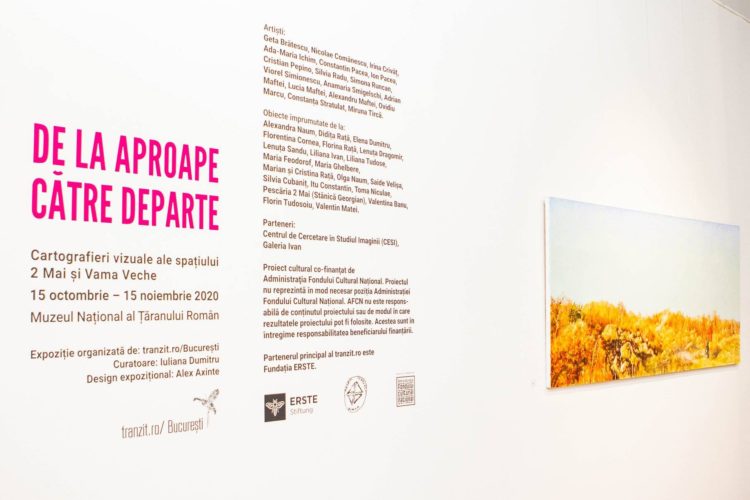
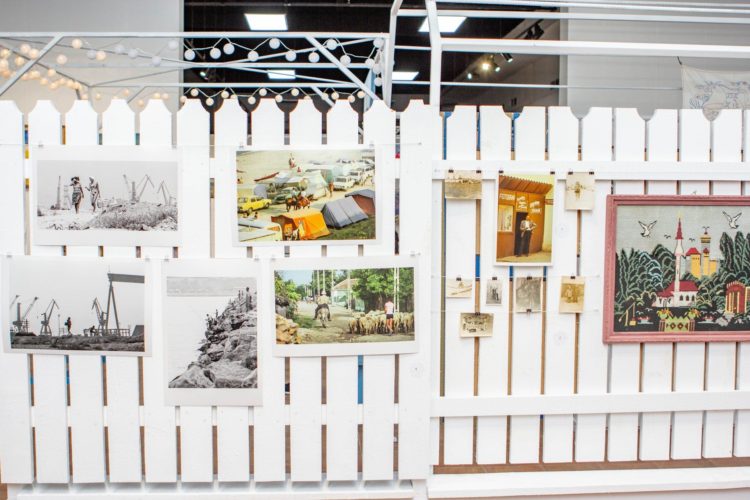
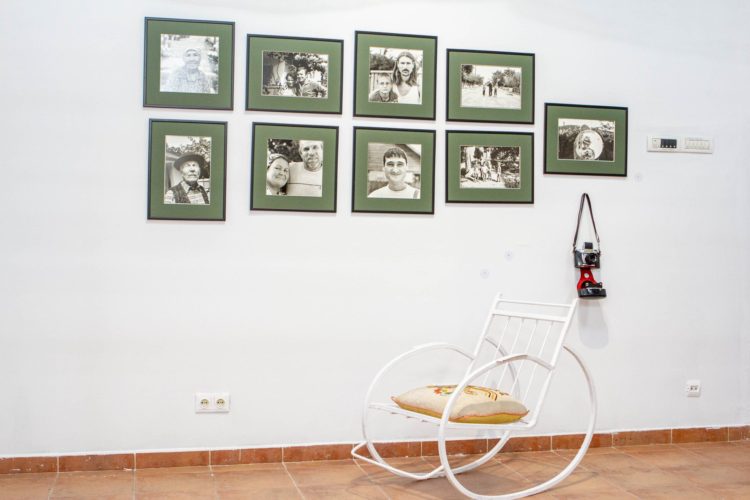
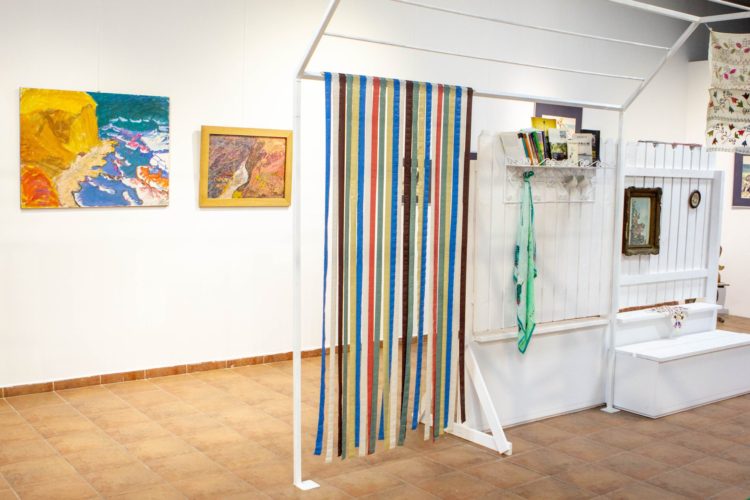
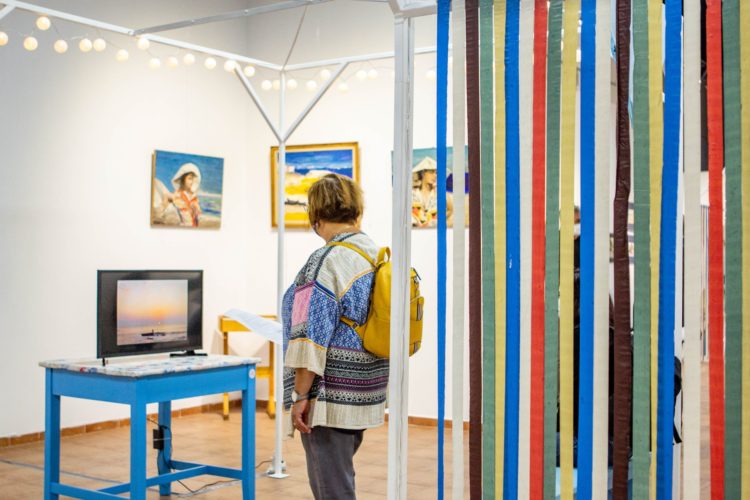
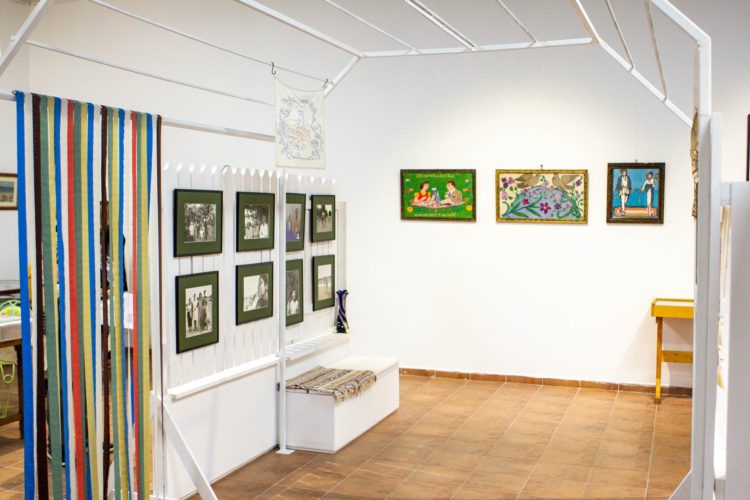
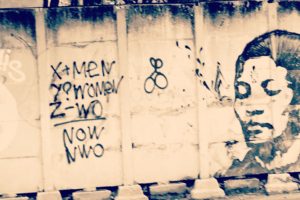
Comments are closed here.